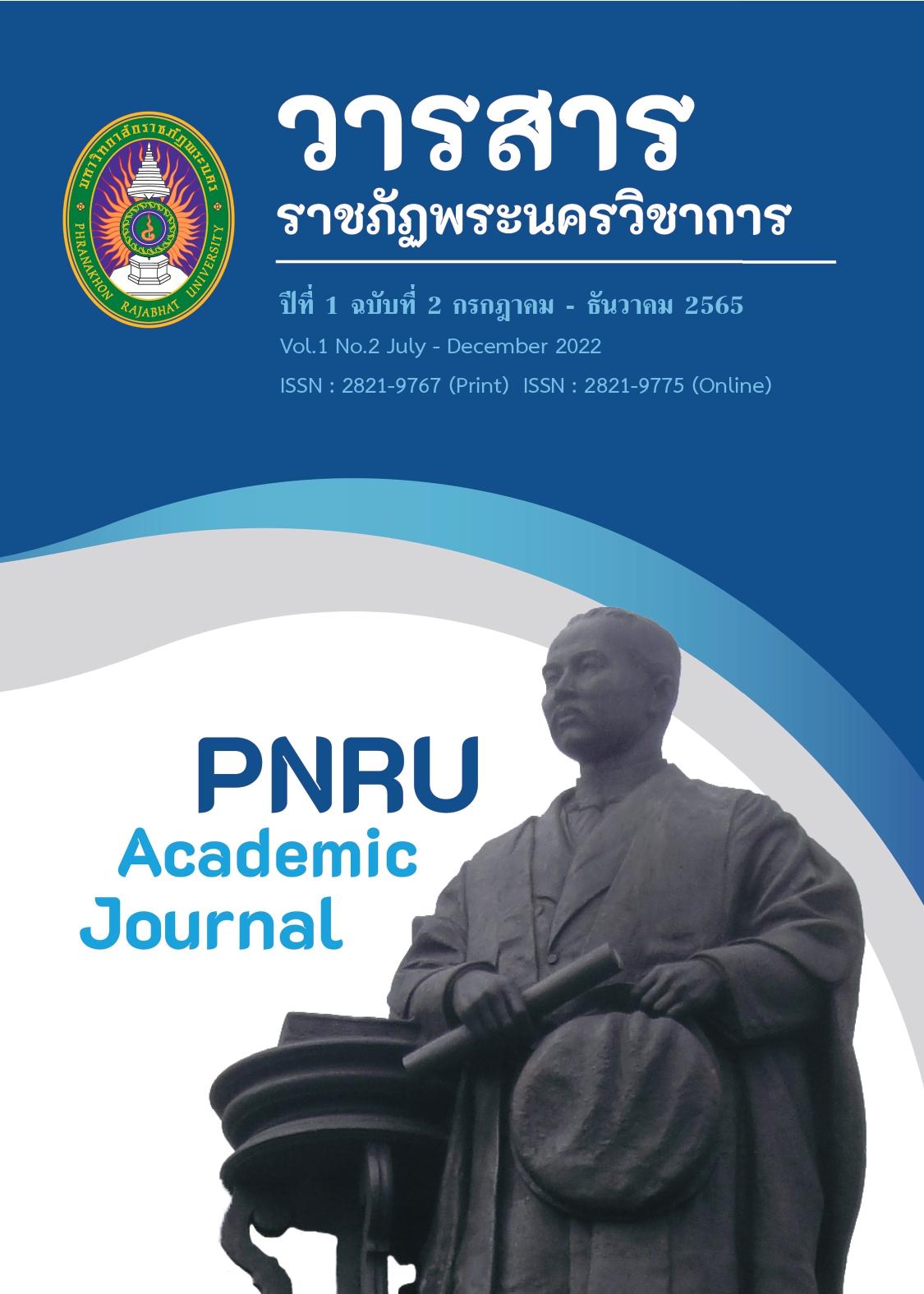THE VOLCANIC LANDFORMS IN THE AREA OF KHAO PLUANG, CHAIBADAN DISTRICT, LOPBURI PROVINCE
Keywords:
Landforms, Volcanos, Khao PluangAbstract
The survey of volcanic landforms in the area of Khao Pluang, Chaibadan District, Lopburi Province was conducted by using all 5 geomorphic processes, namely Landforms, Sedimentary or rock layers– components of landforms, Process acting on landforms, Amorphous composite materials, and Time period of creating and destroying the landforms. The survey result was found that the landforms of Khao Pluang were a group of lone mountains and Rhyolite hills which spread in the South of Volcanic Area of Lam Narai. The area surrounding Khao Pluang is lava hills and lava plains. It consists of 2 mounts of which the highest peak is 118 meters and the lowest peak is 80 meters. The size of Khao Pluang is 479.50-meter width, 778.48-meter length, 19.45-degree slope or 35.26 percent, with total of 184.54 rai. The stone structure of Khao Pluang is in a group of Lam Narai volcanic rock. The Rhyolite Unit includes Rhyolite, Rhyolite ash, and Perlite. The age of volcanic rocks of Khao Pluang was between the period of Late Tertiary and Early Quaternary, 20 – 1 million years ago. The amorphous composite materials caused by the weathering of Rhyolite, Tuff, and Volcanic Breccia. Mostly, the sediments contain large particles and the soil reaction is weakly acidic to neutral. In areas with less slopes, the topsoil becomes thicker, with a thickness of about 15 – 25 centimeters. The soil texture is loam soil with dark reddish brown color and the soil reaction is natural. More trees are covered below. Most of them are bamboos, ebony trees, and cycads, which shows that it is the Mixed Deciduous Forest. It is also in the complex steep slope. The surrounding area is in the Chaibadan soil.
References
Department of Mineral Resources. (2014). District classification for geological and mineral resource management in the Lopburi province. Department of Mineral Resources Ministry of Natural Resources and Environment
Department of Mineral Resources. (2019). Geological map. Scale 1: 50,000 Chaibadan District. 5239 III L 7018
Department of Mineral Resources. (2019). Geological map. Scale 1: 50,000 Srithep District. 5239 IV L 7018
Royal Thai Survey Department. (2004). Topographic map scale 1: 50,000 Chaibadan District
III L 7018
Royal Thai Survey Department. (2040). Topographic map. scale 1: 50,000 Srithep District. 5239 IV L 7018
Tanstean, W. (2010). Geology around Khao Yai Kata Chaibadan District Lopburi
Province. Royal Thai Survey Department.
Published
How to Cite
Issue
Section
License
Copyright (c) 2022 PNRU Academic Journal

This work is licensed under a Creative Commons Attribution-NonCommercial-NoDerivatives 4.0 International License.
Each publish articles were copyright by Phranakorn Rajabhat University
Any contents which appeared in each articles in the journal were authors personal opinion. It did not relate to Phranakorn Rajabhat University and other instructors in the university. Each authors would take responsibility on their articles. If there are any mistake, the authors will take responsibility themselves



